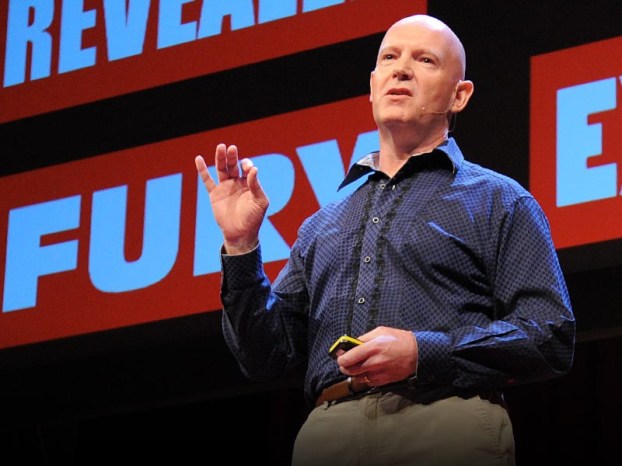By: Meredith Erikson

In a thought-provoking article I read on Everything PR, I found that according to a recent survey of 1000 PR pros, 72 percent of them say their parents don’t understand what PR is and an additional 41 percent say their spouses don’t know either. This report does not surprise me at all. Whenever I tell someone who is not familiar with the world of journalism that I am majoring in Public Relations, they have no idea what it is. I’ve received the response “isn’t that just spinning stuff?”, more than once. It’s hard not to roll my eyes when I hear that, yet I don’t blame them for not knowing exactly what PR involves. It’s a variety of tasks that can be done in a multitude of ways. It’s complex. The article gives a perfect explanation of what PR professionals do and how they do it.
I often wonder where people get their impression of Public Relations from. I’m sure it’s from a variety of sources, entertainment probably being one of the largest. While studying ethics in advertising and PR, a group project of mine entailed analyzing the portrayal of these fields in popular television shows. I got the luck of being assigned Veep, as I’m a huge Julia Louis- Dryfus fan. I instantly fell in love with its hysterical wit. Even if I weren’t assigned this project I believe I’d have a hard time not catching the PR tactics their characters (attempt to) utilize.
The show portrays PR in a lot of different ways. Although the show sometimes stereotypes the PR roles, it all comes from the show’s aim at humor. For example, the Director of Communications Dan Egan will often be manipulative and stab anyone in the back in order to get what he wants. That’s not what PR professionals do, but it’s a stretch on how professionals are competent in swaying public opinion. Despite the misconceptions, the show has a lot of truth to the PR industry. Selina Meyer, Vice President, and her staff battle moral, ethical and personal dilemmas every day in which they are obligated to think on their feet. These situations especially happen in crisis situations and require protecting the VEEP’s image. Research, speeches and gathering client and media relations are among the many other tactics Selina’s staff uses.
Hollywood has quite a list of television shows that have represented PR. Scandal, Mad About You, Sex in the City and The West Wing are among a few. I’m looking forward to eventually examining each show’s portrayal of the PR world.
Citations:
Tannahill, J. (2015, August 20). Public Relations Survey: Understand PR? – Everything PR. Retrieved February 25, 2016, from http://everything-pr.com/public-relations-survery/59405/

